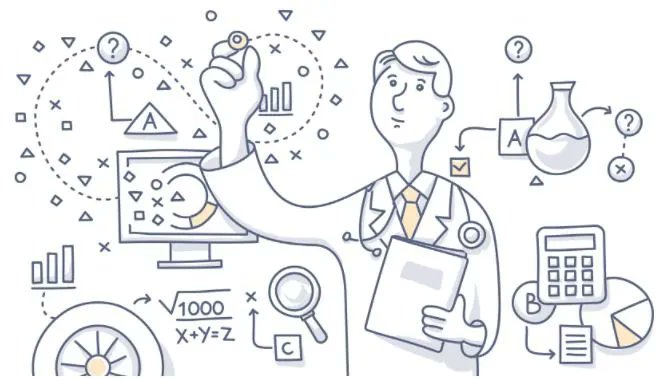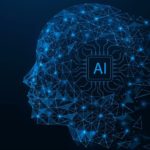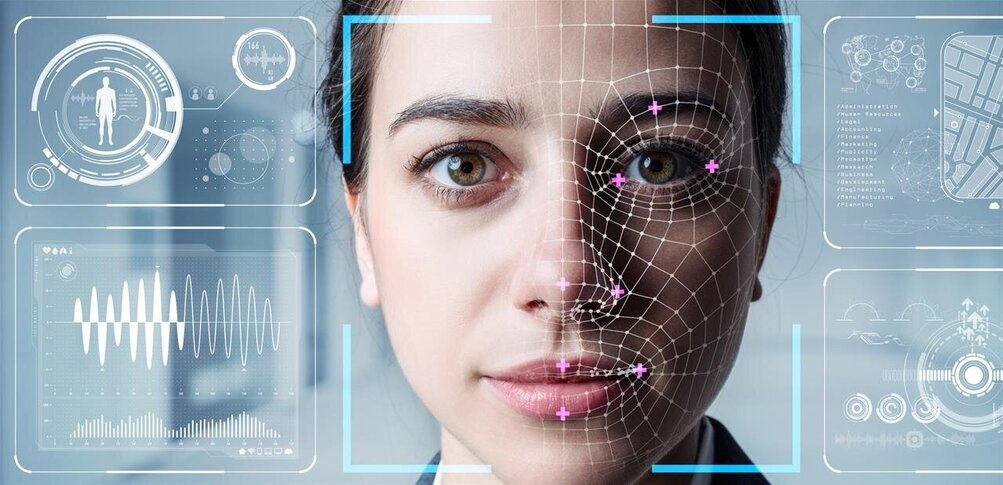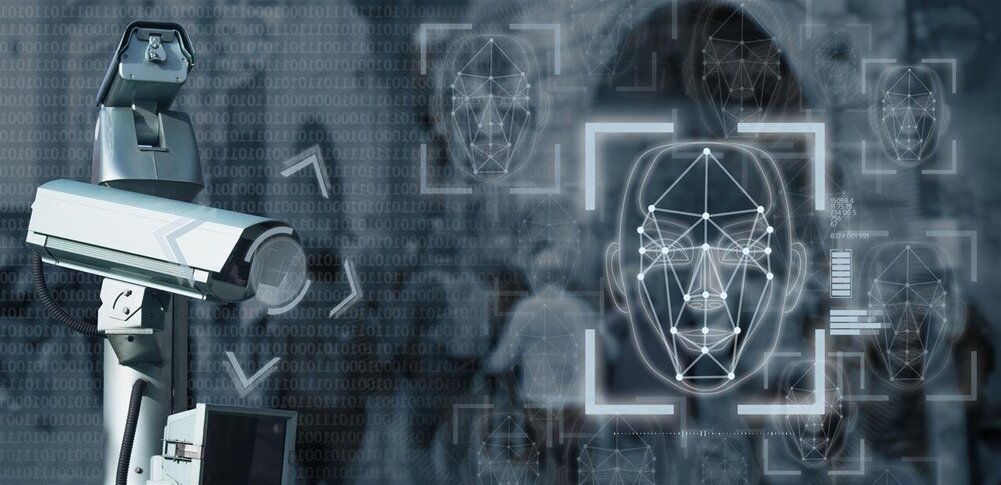During the last decades, AI transformed multiple fields of knowledge; medicine is not out of this transformation. There are many different ways in which we can enhance medicine using AI. In this article, I will introduce you to some of how AI can help discover new drugs, understand the mysteries of cancer, and learn up to one billion relations between different research resources.
The first time AI helped humans research was in 2007 when Adam (a robot) generated hypotheses about which genes code for critical enzymes that catalyze reactions in the yeast Saccharomyces cerevisiae. Adam also used robotics to test its predictions in a lab physically. Researchers at the UK universities of Aberystwyth and Cambridge then independently tested Adam’sAdam’s hypotheses about the functions of 19 genes; 9 were new and accurate, and only one was wrong. [1] This is only one example of the multiple applications of AI in this field; get ready to learn more!
From understanding cancer to discovering new drugs

AI is turning the drug-discovery paradigm upside down by using patient-driven biology and data to derive more-predictive hypotheses rather than the traditional trial-and-error approach. For example, Boston’s Berg biotechnology company developed a model to identify previously unknown cancer mechanisms using tests on more than 1,000 cancerous and healthy human cell samples.
Another contribution of AI to this field was made by BenevolentBio when they created a platform that took information from multiple sources such as research papers, patents, clinical trials, and patient records.
Then this information is used to create a representation, based in the cloud, of more than one billion known and inferred relationships between biological entities such as genes, symptoms, diseases, proteins, tissues, species, and candidate drugs. The inference of those relationships uses Natural Language Processing (NLP) techniques.
Deepchem is a neural network model based on python used to find a suitable candidate in drug discovery aimed to democratize drug discovery, material science, quantum chemistry, and biology.[2] The Neural Network model used is a multilayer perceptron, a neural network where the mapping between inputs and outputs is non-linear. A Multilayer Perceptron has input and output layers, and one or more hidden layers with many neurons stacked together[3].

Uses and advantages
Only in the drug development field there are many applications of AI. In this article [4], the authors mapped the uses of AI in drug discovery:

As you can see, there are a lot of applications in different fields, only in the drug discovery area. The prediction task has a central role in most of the uses. It is one of the preferred tasks of Artificial Intelligence!
Developing a new treatment can take over a decade and have an estimated cost of about 2.6-billion dollars. Much of that effectively goes down the drain because it includes money spent on the nine out of ten candidate therapies that fail somewhere between phase-1 trials and regulatory approval. With the right effort, AI and machine learning will usher in an era of optimizing quicker, cheaper, and more effective drug discovery. AI can recognize hit and lead compounds and provide a quicker validation of the drug target and optimize the drug structure design.[4]
Mots-clés : cybersécurité, sécurité informatique, protection des données, menaces cybernétiques, veille cyber, analyse de vulnérabilités, sécurité des réseaux, cyberattaques, conformité RGPD, NIS2, DORA, PCIDSS, DEVSECOPS, eSANTE, intelligence artificielle, IA en cybersécurité, apprentissage automatique, deep learning, algorithmes de sécurité, détection des anomalies, systèmes intelligents, automatisation de la sécurité, IA pour la prévention des cyberattaques.






